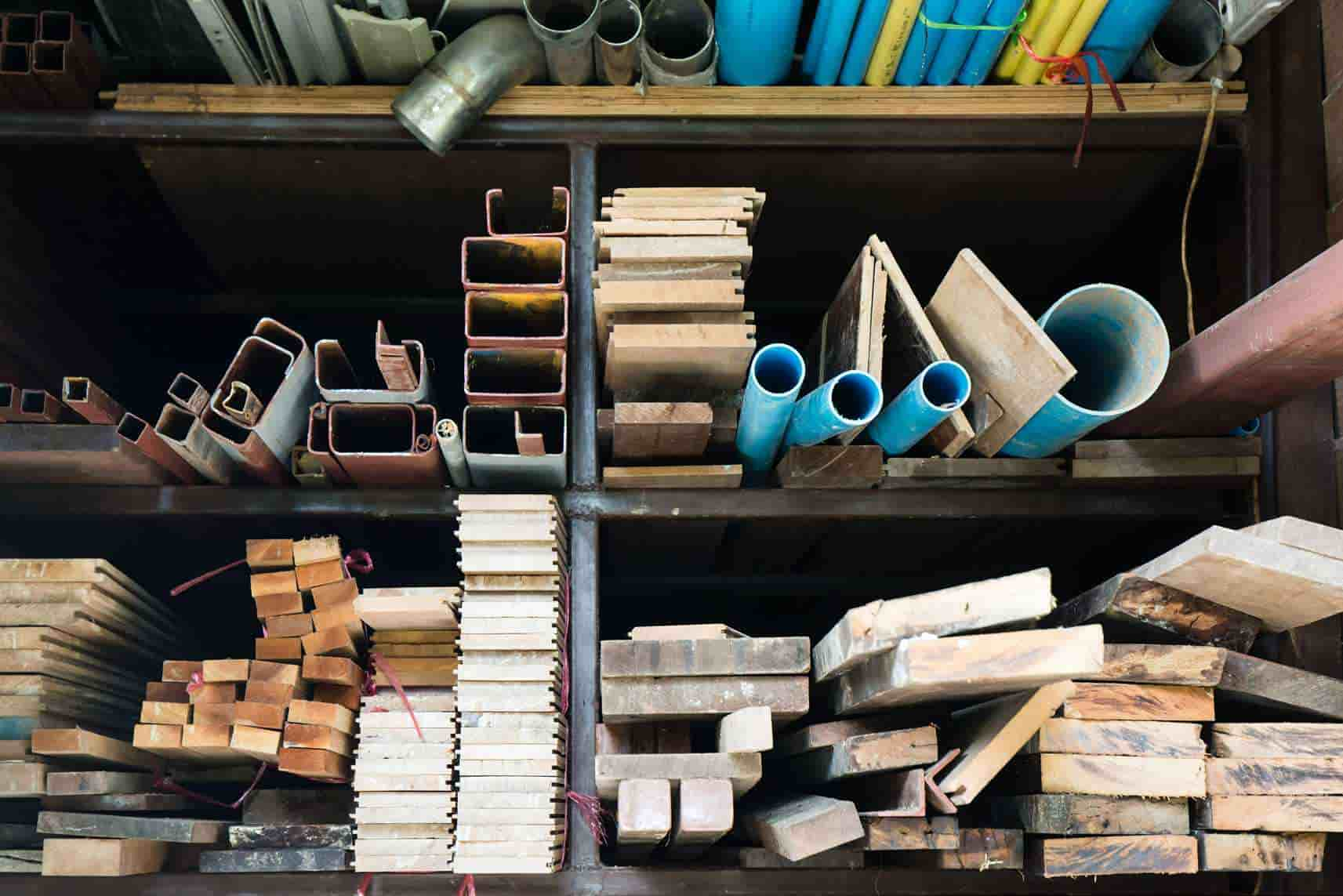In the world of construction and engineering, concrete has long been hailed as the go-to material for its strength and durability. However, advancements in technology and materials science have led to the discovery of substances that surpass concrete in terms of strength and performance. In this article, we will delve into the realm of materials that are stronger than concrete, exploring their properties, applications, and the potential they hold for revolutionizing the construction industry.
- Carbon Fiber Reinforced Polymers (CFRP):
One material that has gained significant attention in recent years is Carbon Fiber Reinforced Polymers (CFRP). CFRP composites are made by embedding carbon fibers in a polymer matrix, resulting in a material that is not only lightweight but also incredibly strong. With a tensile strength five times that of steel and a weight-to-strength ratio higher than concrete, CFRP has found applications in various industries, including aerospace, automotive, and civil engineering. - Graphene:
Another material that has captured the imagination of scientists and engineers is graphene. Graphene is a single layer of carbon atoms arranged in a hexagonal lattice, making it the thinnest and strongest material ever discovered. Its exceptional mechanical properties, such as high tensile strength and flexibility, have led to its potential use in reinforcing concrete structures. By incorporating graphene into concrete, researchers aim to enhance its strength, crack resistance, and overall durability. - Ultra-High Performance Concrete (UHPC):
While concrete itself is known for its strength, Ultra-High Performance Concrete (UHPC) takes it to a whole new level. UHPC is a specially formulated mixture that incorporates fine powders, fibers, and chemical admixtures to achieve exceptional strength and durability. With compressive strengths exceeding 150 MPa, UHPC outperforms traditional concrete by a wide margin. Its superior properties make it ideal for applications where high strength and resistance to environmental factors are crucial, such as bridge construction and precast elements. - Engineered Cementitious Composites (ECC):
Engineered Cementitious Composites (ECC) are a class of materials that exhibit remarkable tensile ductility and crack resistance. Unlike traditional concrete, ECC can undergo significant deformation without fracturing, making it highly suitable for seismic-resistant structures. By incorporating fibers and specialized admixtures, ECC achieves a unique combination of strength, toughness, and durability, making it an attractive alternative to conventional concrete in high-performance applications.
Conclusion:
As the demand for stronger and more durable construction materials continues to grow, researchers and engineers are pushing the boundaries of what is possible. Materials such as Carbon Fiber Reinforced Polymers, graphene, Ultra-High Performance Concrete, and Engineered Cementitious Composites offer exciting prospects for the future of construction. By harnessing their unique properties, we can create structures that are not only stronger but also more sustainable and resilient. As we explore these materials further, we pave the way for a new era of innovation in the construction industry.



Average Rating